Golf: Worldwide Courses

As players walk up to the tee, the sounds ring loud and clear through the cool, crisp air.
Whoosh. Thwack. Slush.
Slush?
For a handful of players in Greenland, Switzerland and Quebec, "slush" is the resonant result of landing the perfectly struck approach shot or hitting the fairway on a well-hit drive. Golfers here don't play on thick roughs, manicured greens and uniformly short swaths of fairway grass. Instead, they're confronted with snow, ice and, well, more snow.
Of course, heat-seekers might look to the opposite end of the climate spectrum for another golfing challenge: sand golf in Kabul. Here's a round-up of our favorite international courses:
Uummannaq, Greenland
The unlikeliest of golf destinations, this remote island in western Greenland was chosen as the site of the annual World Ice Golf Championships in 1999. Today the event is more popular then ever, featuring celebrities, pro golfers and adventurous amateurs (max handicap of 36) who enjoy the challenging conditions of the par 35, nine-hole course.
For most of the year, the area is frozen over by a shelf of ice. But for a few weeks in the spring, the ice thaws enough to let a few brave souls tee off on the shimmering white course. And returning golfers stand no advantage: Mother Nature, the course's main designer, and the unpredictable shearing of ice formations, change each hole layout dramatically from year to year.
St. Moritz, France
As St. Moritz developed into the exclusive European retreat that it is today, golf courses began sprouting up in the valley nearby, where course conditions are a golfer's dream. The high altitude and cool, dry air effortlessly add yards to drives and also create panoramas that make golfers feel like they're golfing from cloud to cloud. One of the more popular courses, Engadine Golf Samedan even claims to be the highest 18-hole course in Europe.
But as winter arrives in St. Moritz, most travelers trade in their clubs for ski poles. Others, including a gaggle of celebrities, take part in one of the most entertaining golf events in the world: The Chivas Life Snow Gold Championship Nine "holes" are set up high on the slopes of the Alps, where many big names in golf and entertainment rub elbows with regular Joes who can afford the entrance fee. Not to be confused with the World Ice Golf Championships, the Chivas tourney has a markedly more relaxed atmosphere. Matches are still competitive, but thanks to post-match events set up by the sponsor, players have plenty of opportunities to kick back and mingle with their competition.
Quebec, Canada
It's only natural that the home of the Ice Hotel and Winter Carnival would also play host to one of the few snow golf courses in North America. Golfers only need to drive a mere 30 minutes from enchanting Quebec City to get to St. Catherine de la Jacques Cartier where the winter sport is offered through April. Thanks to average temperatures in the high 30s F, in what would typically be spring, avid snow golfers can come to la belle province to extend their extreme sporting seasons.
St. Catherine's course itself is not much different than other snow golf courses, but what makes it so unique is its proximity to the famed Ice Hotel. After a few rounds of golf, players can have a few rounds of drinks in the hotel's excellent and frosty bar.
Kabul Golf Club; Kabul, Afghanistan
Hazards in golf are usually found as bodies of water and individual pits of sand. But when a course is completely covered in sand, you'd expect its hazards to be a little more precarious. The Kabul Golf Club, in Afghanistan, tries to put patrons' minds at ease by proudly stating, "The course is now free of 'some' of the military hazards." Today, Kabul Golf Club has actually been cleared of all land mines that were placed there when the Taliban had outlawed golf back in 1978. Explosive situations aside, the course itself is made up of nine very unconventional and intriguing holes on the dry Kabul landscape. Players are given mats from which they can tee off or, if they choose, hit their fairway shots. Conventional hazards exist here as well. There's one water hazard that contains no water (regular rules apply if a ball lands here) and sand traps where use of the mat is not allowed.
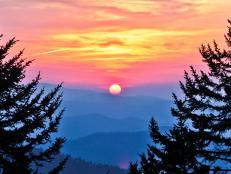

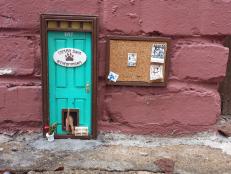


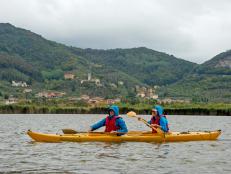
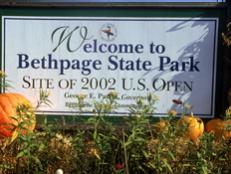
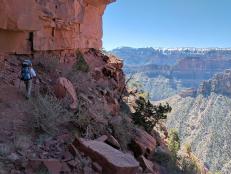

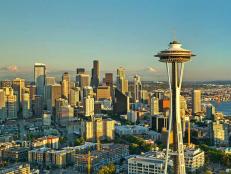

















.jpg.rend.hgtvcom.231.174.suffix/1674758726773.jpeg)











